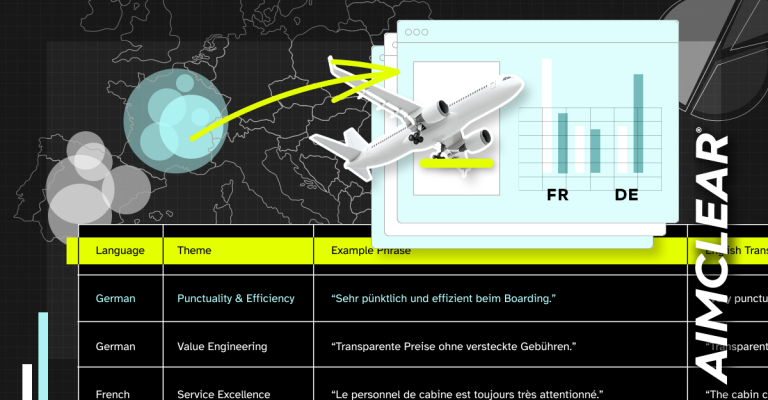There is an international land-rush of epic proportions for lucrative global commerce opportunities. As east and west converge, the marketplace is yet to be fully defined. What action should be taken and what’s pure conjecture?
In each country there are cultural distinctions which must be honored plus significant challenges surrounding keyword research. The speakers discussed marketplace realities in these emerging global marketplaces. The SES session was moderated by Kevin Ryan, Vice President and Global Content Director of Search Engine Strategies & Search Engine Watch. This was part one of two.
China
T.R. Harrington, Director of Strategic Direction & Product Development of Darwin Marketing spoke about China. Unlike most markets around the world, Google is NOT king in China. Baidu has 68% of the search traffic with revenue growth up to $234 million USD. What makes Baidu unique is that it shows paid search ads before the organic results. For very popular searches you might not see a natural search result on even the first 2 or even 3 pages.
China is second in the world for search activity and the search engine market is still very young. Because advertisers are much less sophisticated, they need simple tools. For paid search, there are much higher clickthrough rates. However, this information, is gleaned, to a great extent, by conjecture. Baidu provides no CTR data.
Because organic results are less prominent or non-existent, The CPC (cost per click) prices increase much faster, between Jan – May (70% in select industries). There are relatively few PPC optimization variables. Traffic estimation tools in China are unreliable.
Search behavior has become massive in China. From an advertiser’s perspective, PPC is a great solution in China since the ROI of paid is much more immediately evident and there are fewer organic results anyway. In Chinese SEM agencies, the marketers have very little experience with direct marketing. China has historically been primarily a brand driven environment. After searching on the Internet, there is no question that people are buying offline. There is much lower credit card penetration, even with so called “E-commerce”. Companies who take orders, by and large, still do it by phone.
Search data is very difficult to come by. Search engines and portals do not give out information about impressions or offer CPM data buys. It’s very difficult to “plug in numbers.”
Australia
Erica Schmidt, Global Director of Search, iProspect spoke about search in Australia. The market is at least two years behind the United states in terms of overall penetration and broadband. Google dominates the landscape with almost an 89% market share, leaving Yahoo and MSN with less than 4% each. Australian marketers are focused almost entirely on paid search, even though over 70% of clicks come from organic search which defines a huge opportunity for those with SEO acumen. 40% of online advertising expenditures in Australia are now dedicated to search.
Video is something that is coming more and more into demand and translates into an advantage for the early adopter. Maps have only recently come online in Australia and social media/user generated content is just above 10%. These numbers will continue to grow as more and more folks come online. Since there is still hesitancy to give credit cards online, establishing trust is a key component of new campaigns.
A lot of transactions are taking place on line but, because of lower speed access, girth of shopping cart applications can be a hindrance. Also trust levels are still relatively low so customers are still using Internet for research. That said Australian’s use the Internet for travel is growing rapidly and is the most robust vertical.
Japan
Motoko Hunt, Founder, Japanese Search Marketing Strategist, AJPR LLC shared information about Japan. There are 87.5 million users on the Internet in Japan with 68% penetration. Mobile internet access is more important in Japan than PCs. Also SMS, blog, video are very popular tools. Word of mouth is a huge factor in Japanese marketing as blogs have attained a high trust level. Of course companies need to monitor (and worry about) how buzz portrays them. Many companies are starting to bring SEM in-house with the assistance of a consulting firm.
Google offers the option to search all the web or just pages in Japanese. Yahoo offers keywords assist and search boxes have become more important. There are language issues including 4 different sets of letters and characters and no spaces segmenting the words. There are also multiple spelling variations for many Japanese words.
Payment options are more advanced in the Japanese mainstream. Credit cards, mobile payment, wire transfer, net banking, cash-on-delivery, pay-at-convenience-stores, and “points” systems have all evolved to mainstream.
Keyword Research
A critical take away from this sessions was to have “locals” do the keyword research. While translation services do a decent job with meta-descriptions and on-page content, the local nuances, dialects, and cultural idiosyncrasies are very difficult to handle without having a partner in-market.









